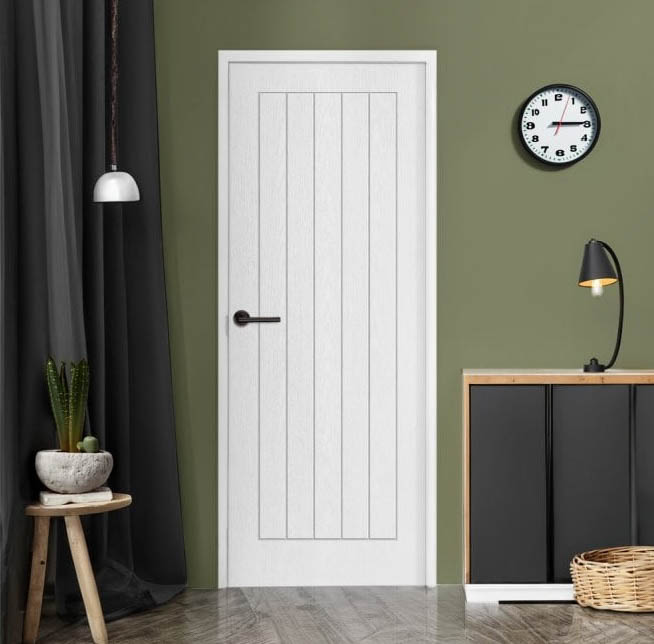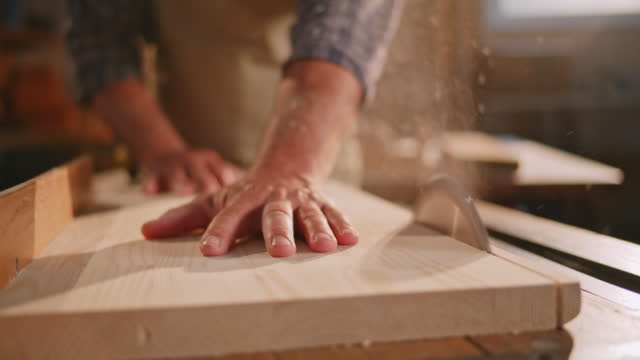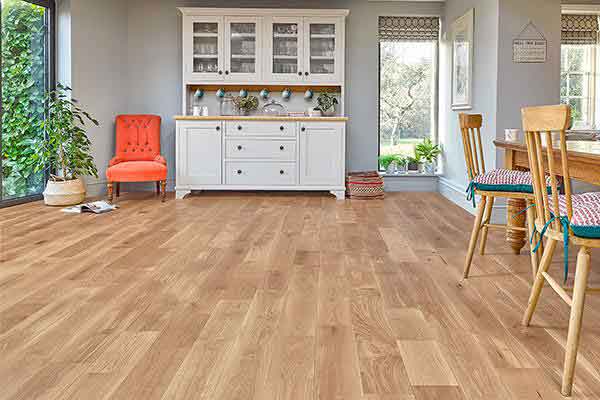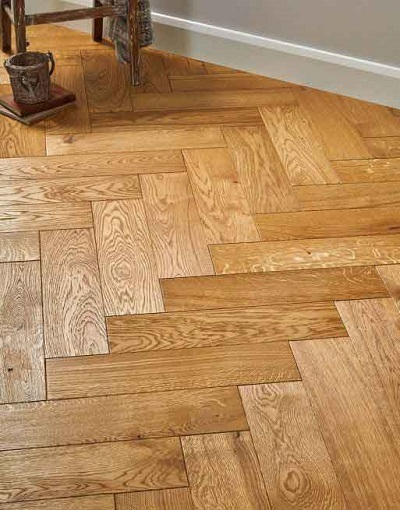Facial Treatments in the Stirling area
In the bustling world we inhabit, where deadlines loom, screens glow, and responsibilities often feel relentless, finding pockets of profound relaxation is not just a luxury but a necessity for overall well-being. The historic city of Stirling, with its charming character and tranquil surroundings, offers an ideal setting for such respite, and a professional, relaxing facial treatment emerges as a truly beneficial escape. Far more than just a superficial beauty treatment, a well-executed facial in the right environment can offer a cascade of physiological and psychological benefits, leaving you feeling refreshed, rejuvenated, and remarkably serene.
Let’s delve into the myriad advantages of indulging in a relaxing facial treatment in the Stirling area:
1. Deep Cleansing and Detoxification: A Fresh Canvas for Your Skin
Our skin, the body’s largest organ, acts as a protective barrier, constantly exposed to environmental aggressors, pollutants, dirt, and make-up. While daily cleansing is essential, it often only scratches the surface. A professional facial provides a meticulously deep cleanse that goes far beyond what at-home routines can achieve.
- Removing Impurities: Skilled aestheticians use specialised techniques and products to effectively remove embedded dirt, excess oil, make-up residue, and environmental pollutants that can clog pores and lead to breakouts, dullness, and an uneven complexion.
- Targeted Exfoliation: Facials typically incorporate various forms of exfoliation – from gentle scrubs and enzyme treatments to more advanced chemical peels or dermaplaning. This process sloughs away dead skin cells that accumulate on the surface, revealing the fresh, vibrant skin underneath. The removal of dead skin not only improves skin texture and brightness but also enhances the absorption of subsequent skincare products, making your home routine more effective.
- Detoxifying the Skin: Professional facials often include techniques that stimulate circulation and lymphatic drainage. This helps to flush out toxins from the skin, reducing puffiness (particularly around the eyes and jawline) and promoting a healthier, clearer complexion. Imagine your skin breathing freely again, unburdened by accumulated waste.

2. Enhanced Circulation and Cellular Regeneration: The Glow from Within
One of the most immediate and visible benefits of a relaxing facial is the improvement in blood circulation. The massage techniques used during a facial are specifically designed to stimulate blood flow to the skin’s surface.
- Nourishment and Oxygenation: Increased circulation delivers a vital surge of oxygen, proteins, and essential nutrients to the skin cells. This nourishment is crucial for cell health, function, and renewal, leading to a more vibrant and healthy glow. Think of it as a natural internal boost for your skin.
- Improved Cell Turnover: Better circulation supports the natural process of cell renewal. This helps to speed up the shedding of old, damaged cells and the generation of new, healthy ones, contributing to a fresher, more youthful appearance over time.
- Reduced Puffiness: Enhanced lymphatic drainage, often a component of facial massage, helps to move stagnant fluids and reduce swelling, particularly beneficial for tired or puffy eyes.
3. Intense Hydration and Nourishment: Replenishing Your Skin’s Thirst
Dehydrated skin can manifest in various ways – from fine lines and dullness to flakiness and increased sensitivity. Facials are expertly designed to quench your skin’s thirst and provide targeted nourishment.
- Tailored Products: A key advantage of professional facials is the use of high-quality, professional-grade masks, serums, and moisturisers that are often more concentrated and effective than those available for at-home use. Crucially, a good aesthetician in Stirling will tailor these products specifically to your individual skin type and concerns, whether it’s dryness, oiliness, sensitivity, or signs of aging.
- Deep Penetration: Techniques used during a facial, such as steaming and gentle massage, can help open up the pores and improve the penetration of these nourishing ingredients into the deeper layers of the skin, maximising their benefits. Ingredients like hyaluronic acid, vitamins, peptides, and plant extracts work to replenish moisture levels and leave your skin feeling plump, supple, and radiant.
- Strengthening the Skin Barrier: Well-hydrated and nourished skin has a stronger natural barrier, which is essential for protecting against environmental stressors and maintaining overall skin health.
4. Anti-Aging Benefits: Defying the Hands of Time (Gracefully)
While no facial can halt the aging process entirely, regular treatments can significantly mitigate its visible signs and help maintain a youthful complexion.
- Collagen and Elastin Stimulation: Facial massage, particularly techniques that stimulate facial muscles, can help encourage the production of collagen and elastin – the proteins responsible for skin’s firmness and elasticity. As we age, natural collagen production declines, leading to fine lines, wrinkles, and sagging. Regular stimulation can help to counteract this, leading to firmer, more toned skin.
- Reduction of Fine Lines and Wrinkles: Through deep hydration, improved circulation, and the stimulation of collagen, facials can plump up the skin, reducing the appearance of fine lines and wrinkles.
- Improved Skin Tone and Texture: Exfoliation and targeted treatments help to reduce the appearance of dark spots, hyperpigmentation, and acne scars, leading to a more even skin tone and smoother texture.
- Preventing Premature Aging: Antioxidant-rich products used during facials help protect the skin against damage caused by free radicals, which are a major contributor to premature aging.
5. Stress Relief and Profound Relaxation: More Than Just Skin Deep
Perhaps the most universally appreciated benefit of a relaxing facial, especially in a serene setting like those found in Stirling, is the profound sense of stress relief and well-being it provides.
- Activating the Parasympathetic Nervous System: The gentle, rhythmic touch of a facial massage, combined with a tranquil environment, can activate the parasympathetic nervous system – the body’s “rest and digest” mode. This helps to lower cortisol levels (the stress hormone), reduce anxiety, and promote a deep sense of calm.
- Release of Endorphins: The tactile stimulation and relaxation experienced during a facial can trigger the release of endorphins, the body’s natural “feel-good” hormones, leading to an uplifted mood and a sense of contentment.
- Mindfulness and Disconnection: A facial provides a dedicated period of time to disconnect from daily distractions. With your eyes closed and soothing music often playing, you can simply focus on your breathing and the pleasant sensations, allowing your mind to quieten and achieve a state of true relaxation.
- Therapeutic Touch: The power of human touch, when delivered by a skilled and caring professional, is incredibly therapeutic. It can alleviate muscle tension in the face, neck, and shoulders, further contributing to overall relaxation and comfort. This is particularly beneficial for those who hold stress in their jaw or forehead.
- Improved Sleep: The deep relaxation induced by a facial can often lead to better sleep quality, as your body and mind are more at ease.
6. Professional Guidance and Personalised Care: Expert Advice at Your Fingertips
Choosing a professional facial in Stirling means gaining access to expert knowledge and personalised advice.
- Skin Analysis: A skilled aesthetician will begin by thoroughly analysing your skin, identifying your specific concerns, skin type, and any underlying issues. This comprehensive assessment forms the basis for a truly tailored treatment.
- Customised Treatment Plan: Based on their assessment, the aesthetician will select the most appropriate products, techniques, and modalities to address your unique needs. This personalised approach is far more effective than generic, one-size-fits-all treatments.
- Product Recommendations: You’ll receive informed recommendations for an at-home skincare routine, ensuring you use products that are genuinely beneficial for your skin and help maintain the results of your facial.
- Addressing Specific Concerns: Whether you’re struggling with acne, rosacea, hyperpigmentation, sensitivity, or premature aging, a professional facial can be designed to target and improve these specific conditions.
7. A Moment of Self-Care and Indulgence: Investing in Yourself
In our fast-paced lives, dedicating time for self-care can feel like a luxury, but it’s an essential investment in your mental and physical health.
- Recharging Your Batteries: A facial is an opportunity to press pause, recharge your batteries, and emerge feeling revitalised. It’s a reminder to prioritise your own well-being.
- Boosted Confidence: When your skin looks and feels its best, it naturally boosts your confidence. The radiant glow and improved complexion can make you feel more comfortable and positive about your appearance.
- Holistic Well-being: The benefits extend beyond skin deep, contributing to overall mental and emotional well-being. It’s a holistic investment in your health that pays dividends in how you look and how you feel.
In conclusion, a relaxing facial treatment in the Stirling area offers a multifaceted array of benefits, extending from deep skin purification and rejuvenation to profound stress reduction and an enhanced sense of well-being. In a world that constantly demands our attention, taking the time to indulge in such a treatment is not merely a pampering session, but a vital act of self-care. It’s an opportunity to cleanse, nourish, and revitalise your skin while simultaneously calming your mind and soothing your spirit, leaving you feeling truly restored and ready to face the world with renewed radiance

























